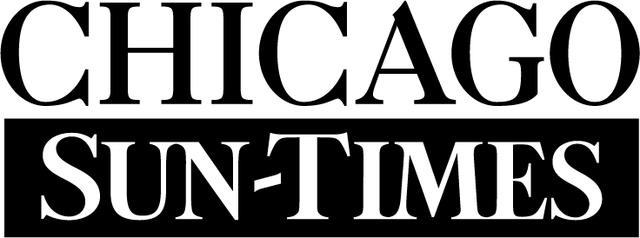CTA rides down almost 3% in 2014, despite record rail use
03/06/2015, 12:01am | Rosalind Rossi
CTA ridership fell almost 3 percent last year, despite a record number of customers who used the system’s L trains.
An 8 percent tumble in rides by bus customers — who far outnumber rail riders — dragged down the CTA’s systemwide ridership for 2014, Chicago Transit Authority data released Friday indicated.
The CTA blamed the 2014 drop in bus rides in part on January’s and February’s “polar vortex.” Nearly 6 million fewer bus rides were taken in those months, reflecting a “historically severe and unusual decline in ridership,” the CTA said in a news release.
Bus ridership is more susceptible to inclement weather than rail, CTA spokeswoman Tammy Chase noted.
Chicago Public School students who often ride CTA buses to school attended 10 fewer days of classes in 2014 than in 2013, pulling down bus tallies even further, the CTA said.
But in addition, 2014 bus numbers looked smaller in comparison to 2013 bus tallies that were temporarily boosted by five months of Red Line South construction. The work sent displaced L riders to free bus shuttles or nearby bus service. Unusually warm weather in the first two months of 2013 also helped bolster ridership in those months, the CTA said.
On the good news front, the number of L rides taken in 2014 rose 3.9 percent over 2013 — to the highest level since the CTA began tracking ridership in 1961.
And despite the 2.8 percent drop in overall ridership, for the seventh-straight year the number of total CTA rides provided in 2014 broke the half-billion mark.
Systemwide, CTA rides in 2014 hit 514.5 million — with 276.3 million of them taken by bus and 238.1 million by rail.
Overall, CTA 2014 ridership was affected by the “continuing long-term migration by riders to rail from bus transportation, a trend seen nationwide among many transit agencies,” the CTA said in a news release.
Rail ridership also was boosted by Red Line South 2014 ridership that surpassed pre-construction numbers and population growth in areas of the city near rail lines, the CTA said.
Charles Paidock, of Citizens Taking Action for Transit Dependent Riders, said the decline in bus ridership is not unexpected, given what he views as a long-term trend toward using CTA buses as feeders into the rail system, rather than as the sole means of transport to a destination.
Forcing bus riders to transfer to L trains allows the CTA to pick up the extra cost of a transfer, Paidock said.
Meanwhile, he said, pleas to resurrect a long-gone 31st Street bus and to restore more recently gutted portions of the No. 11 Lincoln Avenue bus have gone unheeded. Lincoln Avenue bus riders who protested the move, many of them elderly, were told they could take a bus over to the Brown Line or walk a half mile to the station when the center of the line was axed in late 2012.
One study by Citizens Taking Action indicated that between 2008 and 2013, the CTA eliminated 28 bus routes, shortened seven routes and cut the service hours of 62 routes.
“There’s an increase in rail ridership because there are fewer buses. They have been forcing trains on us for years,” Paidock said. “There’s been an alarming cut in [bus service]. I see it everywhere I go.”
CTA’s Chase said there were no significant changes to bus service between 2013 and 2014, but Paidock said changes are incremental and nuanced, such as cutbacks in late-night service. The CTA calls them “service adjustments,” he said.
CTA President Forrest Claypool noted in a news release that the CTA has made extensive improvements in service “while still holding the line on base fares and while adding service to meet demand.”
This year, the CTA held fares steady while making some modest additions to rush-hour rail service only — on the Blue and Orange Lines.
Rail service has seen “unprecedented” modernization in the last four years, when roughly one-third of all CTA rail stations received some form of significant improvement, the CTA said.
The agency is constructing a $240 million 95th Street Red Line station and a $203 million Wilson Avenue Station. It opened a new $50 million Cermak/McCormick Place Station this year. And it’s updating the Blue Line headed to O’Hare and the Brown and Purple Line tracks.
The CTA also is working on overhauling its bus fleet as well as creating dedicated bus lanes from east to west across the Loop. It continues to study the installation of dedicated bus lanes — or bus rapid transit — down 16 miles of Ashland Avenue.
Ridership Down



